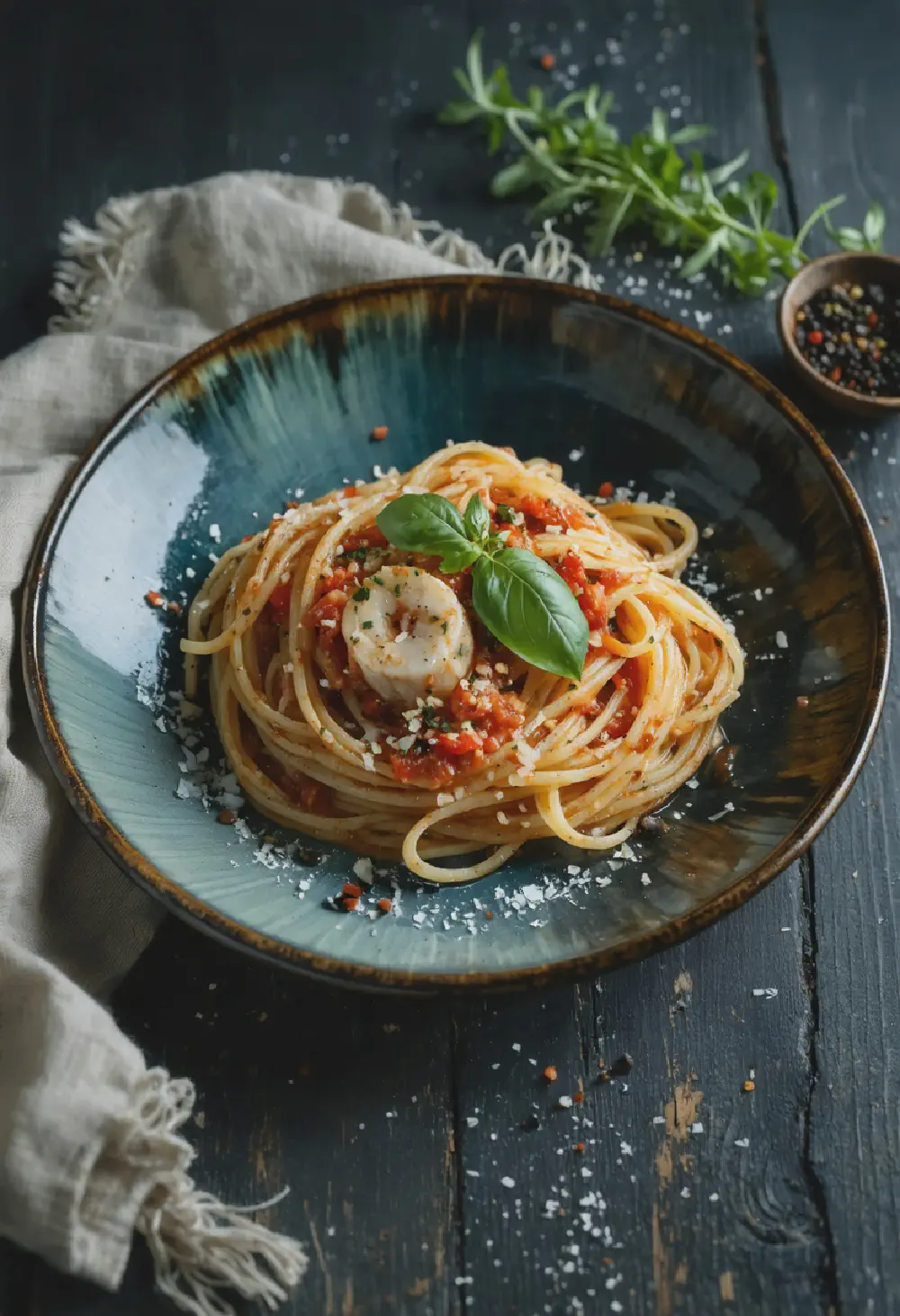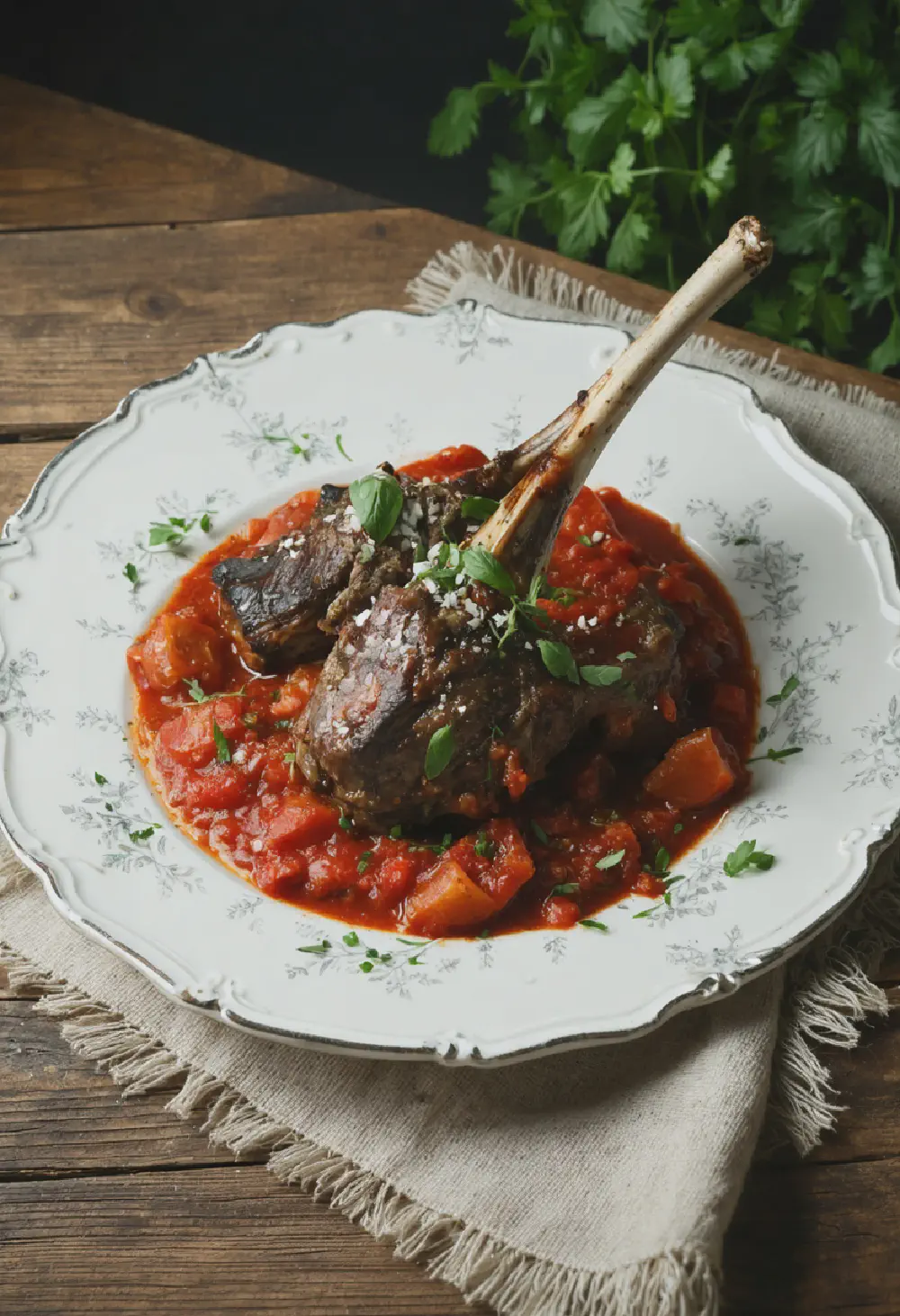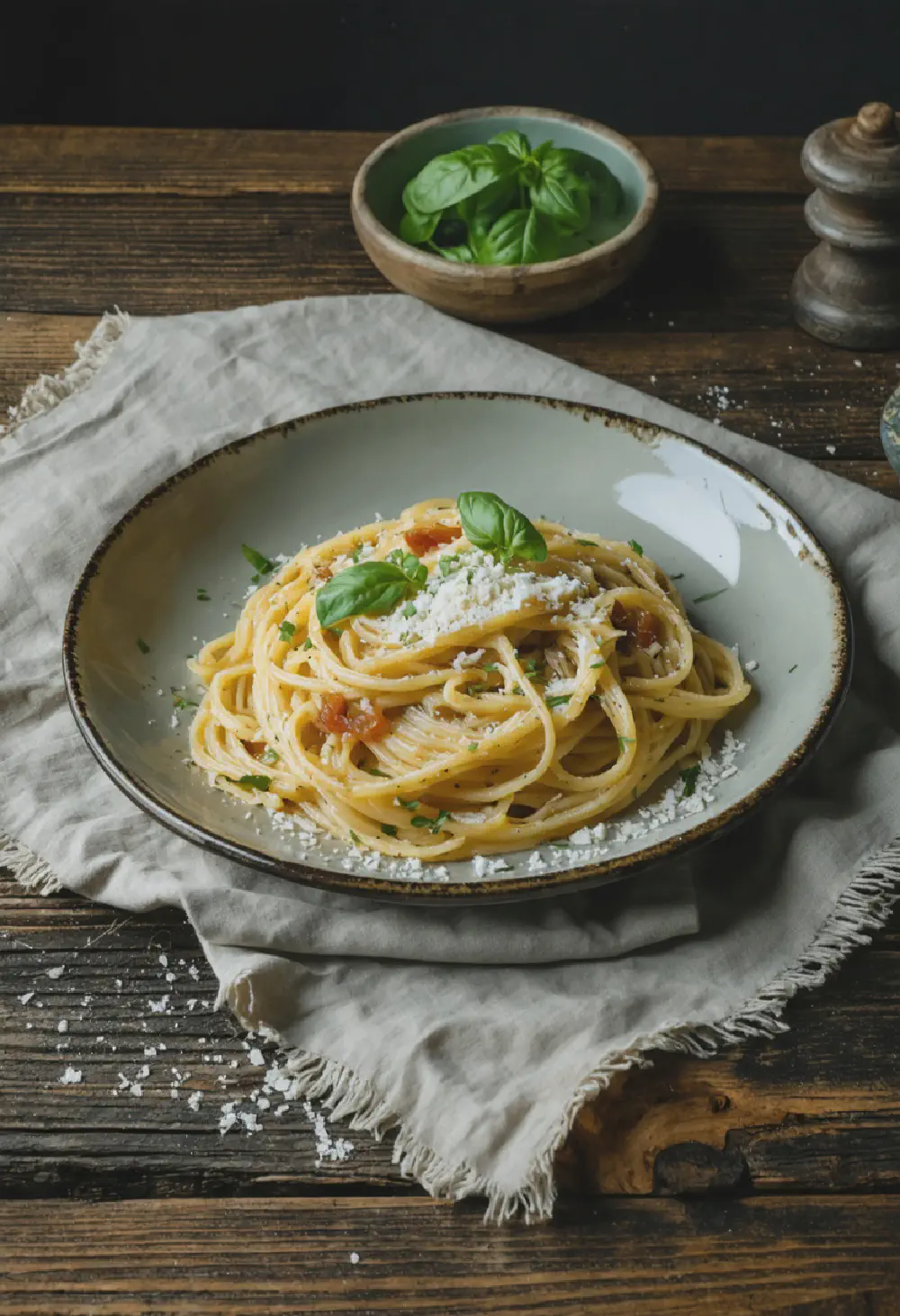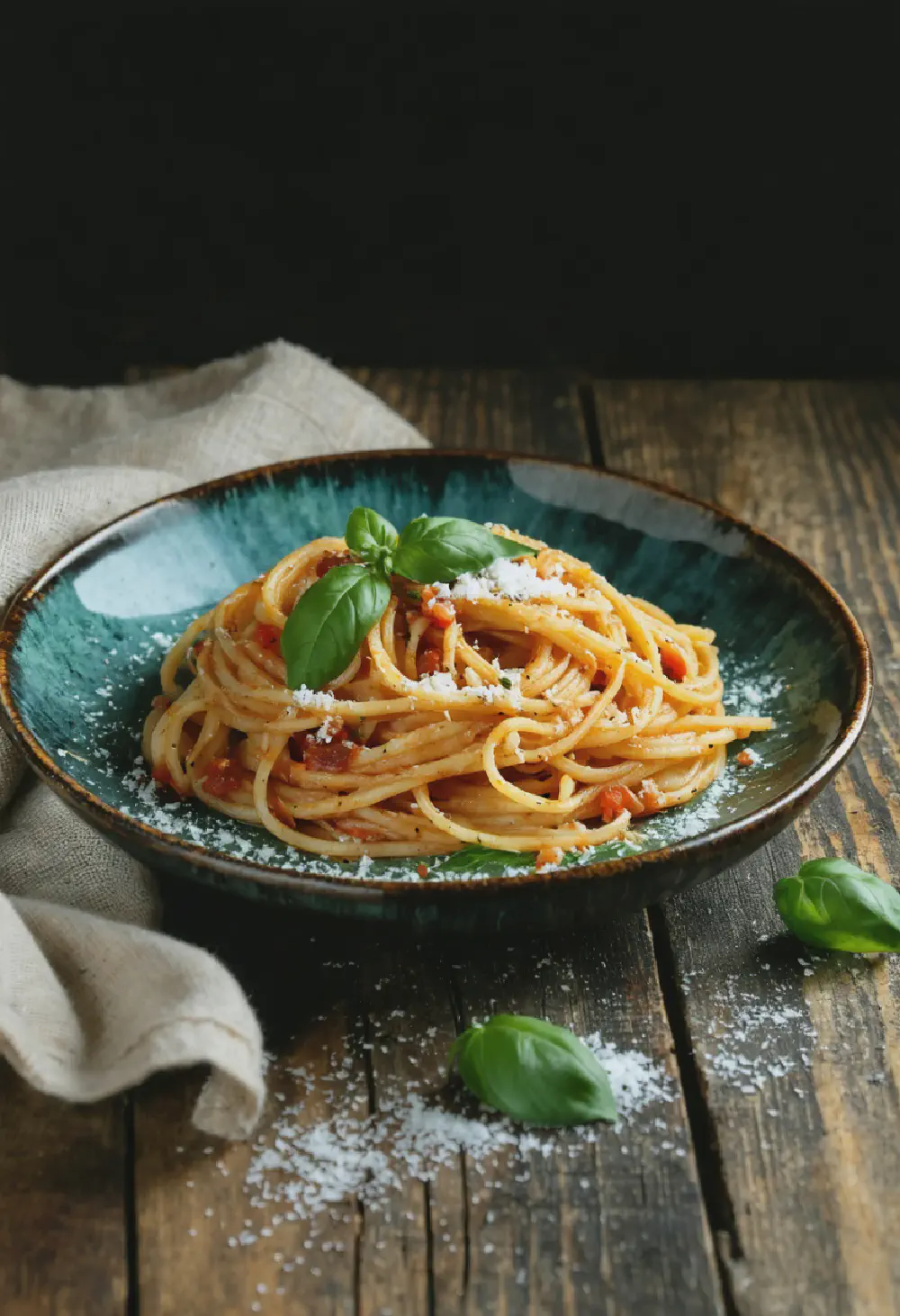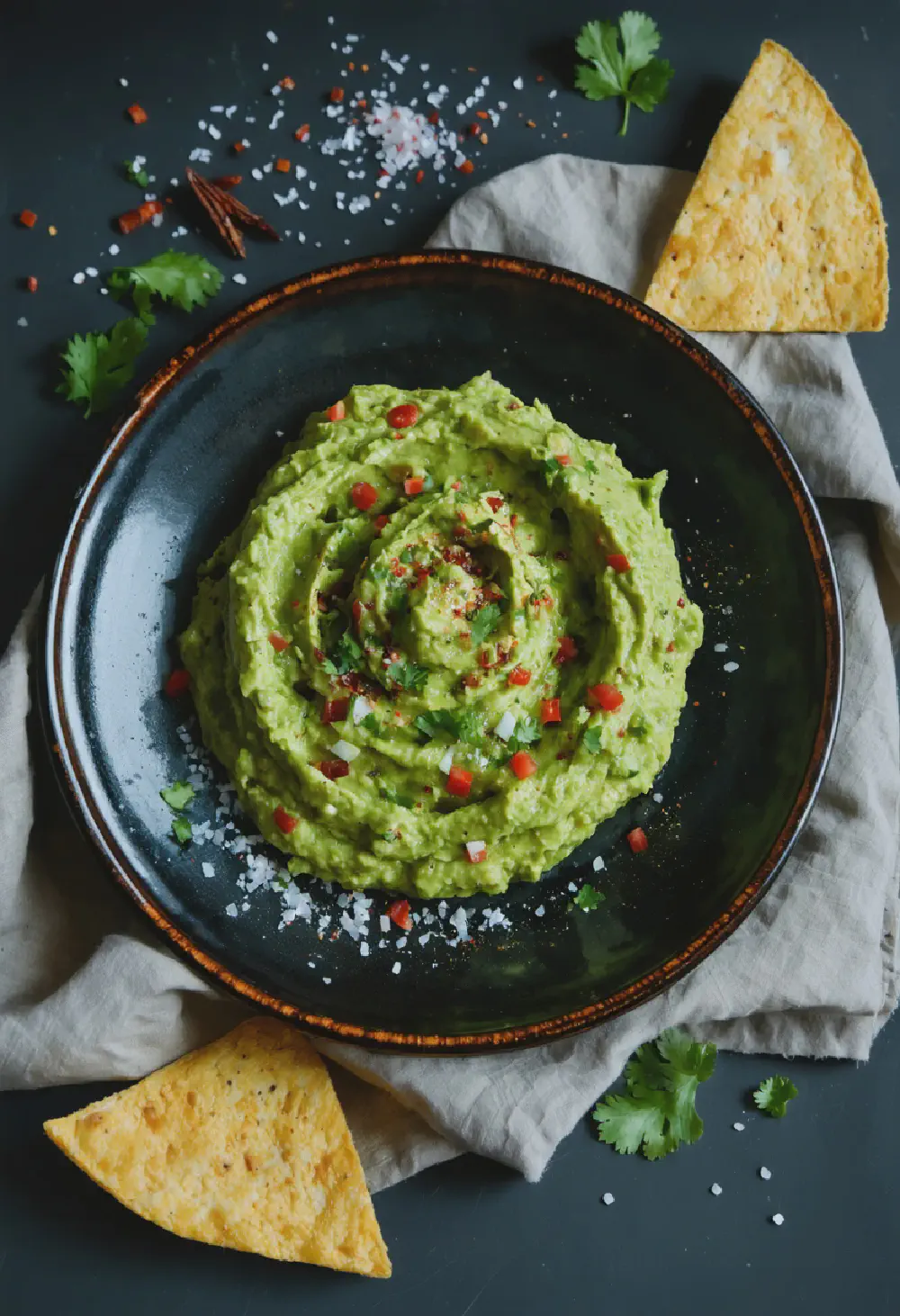Authentic Italian Arancini
45M
1H and 15M
- Makes 12 arancini
- 2 cups Arborio rice
- 4 cups chicken broth
- 1/2 cup grated Parmesan cheese
- 2 tablespoons unsalted butter
- 1/2 cup finely chopped onion
- 1/2 cup dry white wine
- 1/2 cup frozen peas
- 1/2 cup diced ham
- 1 cup shredded mozzarella cheese
- 2 large eggs, beaten
- 1 cup all-purpose flour
- 2 cups breadcrumbs
- Vegetable oil, for frying
- Salt and pepper to taste
- In a large saucepan, bring the chicken broth to a simmer. Keep it warm over low heat.
- In another large saucepan, melt the butter over medium heat. Add the onion and cook until translucent, about 5 minutes.
- Add the Arborio rice to the onions and stir to coat the grains with butter. Cook for 2 minutes.
- Pour in the white wine and cook until it's mostly absorbed by the rice.
- Begin adding the warm chicken broth, one ladle at a time, stirring constantly and allowing the liquid to be absorbed before adding more. Continue until the rice is creamy and cooked through, about 20 minutes.
- Remove the risotto from heat and stir in the Parmesan cheese. Season with salt and pepper to taste. Spread the risotto onto a baking sheet to cool.
- Once the risotto is cool, mix in the peas, ham, and mozzarella cheese.
- With wet hands, take a small amount of the risotto mixture and form it into a ball about the size of a golf ball. Make an indentation in the center and fill it with a bit more mozzarella. Close the ball and reshape it.
- Roll each arancini in flour, then dip in the beaten eggs, and finally coat with breadcrumbs.
- In a deep fryer or large pot, heat the vegetable oil to 350°F (175°C). Fry the arancini in batches until golden brown, about 4 minutes per batch.
- Remove the arancini with a slotted spoon and drain on paper towels. Serve hot.
Authentic Italian Arancini: A Culinary Delight from Sicily
History
The origins of Authentic Italian Arancini can be traced back to Sicily, where these delectable rice balls have been a beloved part of the island’s cuisine for centuries. The name “arancini” is derived from the Italian word “arancia,” meaning orange, due to their shape and golden color reminiscent of the fruit. Historically, arancini were a convenient and portable food for travelers and workers, providing a hearty meal that could be eaten on the go. Over time, this dish has evolved from a simple peasant food to a cherished delicacy, with various regions in Sicily developing their own unique variations and fillings.
Taste Profile
Authentic Italian Arancini offer a delightful combination of textures and flavors that make them irresistible. The exterior is crispy and golden, thanks to the breadcrumbs and deep-frying process, while the interior is soft and creamy, filled with a savory mixture that can include ingredients like meat, cheese, and vegetables. The rice itself is seasoned to perfection, often with saffron, which adds a subtle yet distinctive flavor. Each bite of an arancino is a harmonious blend of the crunchy coating, the tender rice, and the rich, flavorful filling, making it a truly satisfying culinary experience.
Cultural Significance
In the realm of Italian cuisine, Authentic Italian Arancini hold a special place, particularly within Sicilian culture. They are not just a dish but a symbol of the island’s rich culinary heritage and its history of innovation and adaptation. Arancini are often enjoyed during festive occasions and family gatherings, symbolizing warmth, hospitality, and the joy of sharing a meal. In Sicily, they are a common sight at street food markets and festivals, where locals and tourists alike savor these delicious treats. The versatility of arancini, with their various fillings and shapes, reflects the diversity and creativity of Sicilian cuisine, making them a beloved and iconic part of Italy’s gastronomic landscape.


